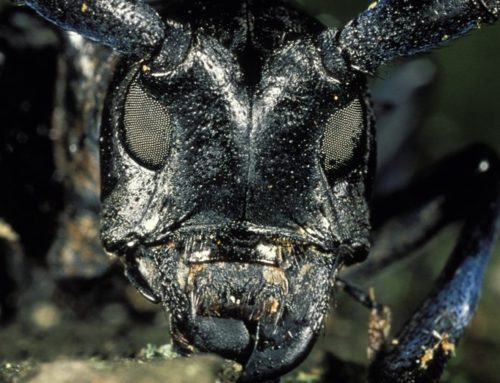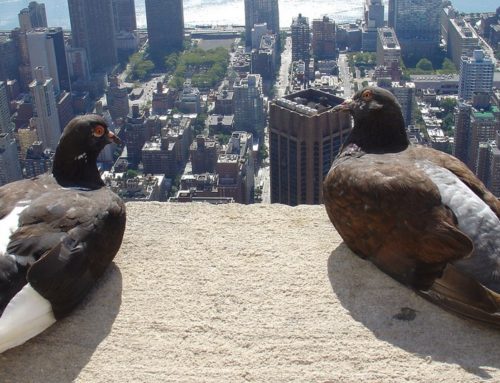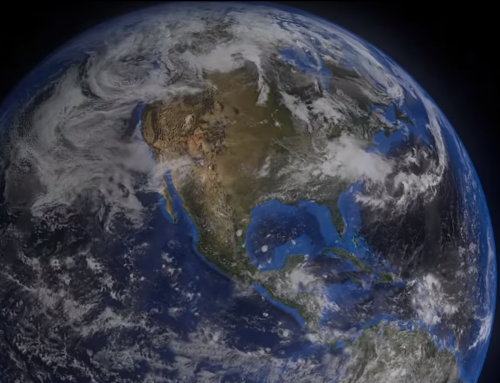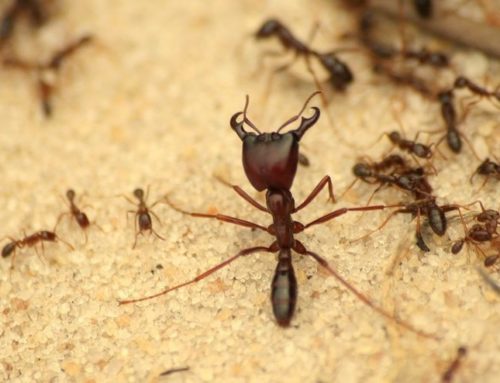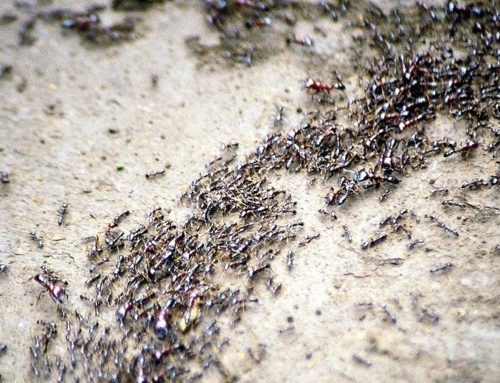Miconia calvescens D.C. appears in the list ‘‘100 of the world’s worst invasive alien species’’, devised by the International Union for Conservation of Nature (IUCN). It is considered the worst plant pest in Hawaii and French Polynesia and threatens the rain forest of the Queensland region in Australia, Sri Lanka and New Caledonia, where it is extremely difficult to eradicate. Although, research of the University of Paris Sud suggest that climate change will have a minimal effect on the worryingly large invaded range of this “green cancer”, it will lead to a decrease of the suitable surface in its native range.
Previous work suggests that the distribution of some invasive species will likely increase due to climate changes, but this is not always the case. The research team found an interesting example of a double negative effect of climate change on the distribution of an invader. By the 2080s, the worldwide land surface suitable for miconia is predicted to be reduced by up to half due to climate change. This could be a good news; however, the invaded range is predicted to slightly decrease only, and this decline would be mainly due to a major change in its native range.
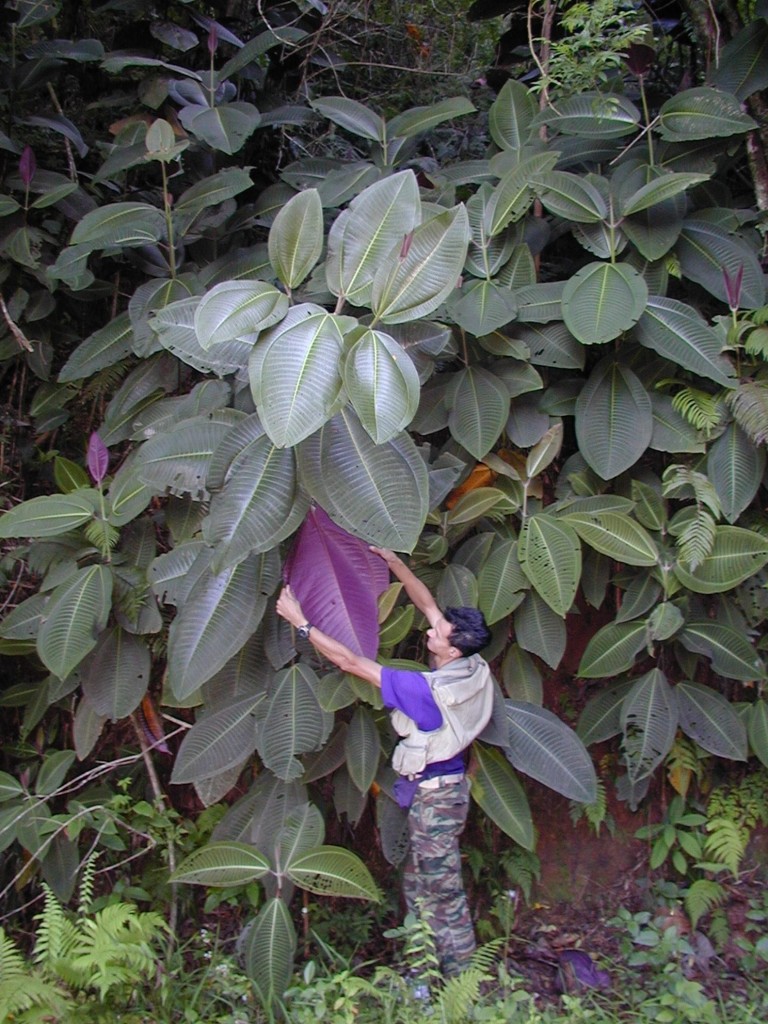
- The species has a dramatic impact on the native flora of invaded areas, as its large, broad leaves decrease the amount of light reaching the soil, while its shallow root system contributes to soil erosion.
The control activities on M. calvescens spread in Hawaii have reached several billion dollars. As a result of M. calvescens invasion, almost half of the 107 endemic plant species of Tahiti are under high risk of extinction. Scientists of the University of Paris Sud identified 91 countries, 421 islands and up to 364 protected areas within the suitable range of this species (about 7.2% of total landmass, of which 80.4% belongs to tropical forests in the southern hemisphere).
Consequently, researchers recommend long-term management plans, in particular for those regions that are suitable for miconia and that present a high conservation interest (islands and protected areas). This work will provide valuable information that can be used by land managers and stakeholders to avert the introduction and spread of miconia in their territories.
Research workers also assessed the protected areas currently at risk of invasion by considering botanic gardens as a proxy for likelihood of introduction, since most successful invasions by M. calvescens originated from private or public garden escapees. For instance, the introduction of M. calvescens in Tahiti dates from 1937, from a private botanic garden.
| In order to obtain a reliable predictive model, the team used 379 occurrence data, collected from the Global Invasive Species Database, published literature and invasive species databases. Those data were combined with environmental predictors selected among the 19 Worldclim database bioclimatic variables. Prediction models were calibrated with a randomly selected 70 % of the data and evaluated with the remaining 30 %. |
Additional information: This work was performed during a stay of Noelia González-Muñoz at the Laboratoire d´Écologie Systématique et Evolution at Université Paris-Sud. Noelia Gonzalez Muñoz was funded by a postdoctoral contract and a grant for short stays abroad of the Universidad de Alcalá. Céline Bellard, Camille Leclerc and Franck Courchamp were supported by a BiodivERsa Eranet grant
Original Source: N. González-Muñoz, C. Bellard, C. Leclerc, J-Y. Meyer & F. Courchamp. 2015. Assessing current and future risks of invasion by the ‘‘green cancer’’ Miconia calvescens. Biological Invasions. 17:3337–3350. DOI 10.1007/s10530-015-0960-x
Contact Information: noelia.gonzalezm@gmail.com
